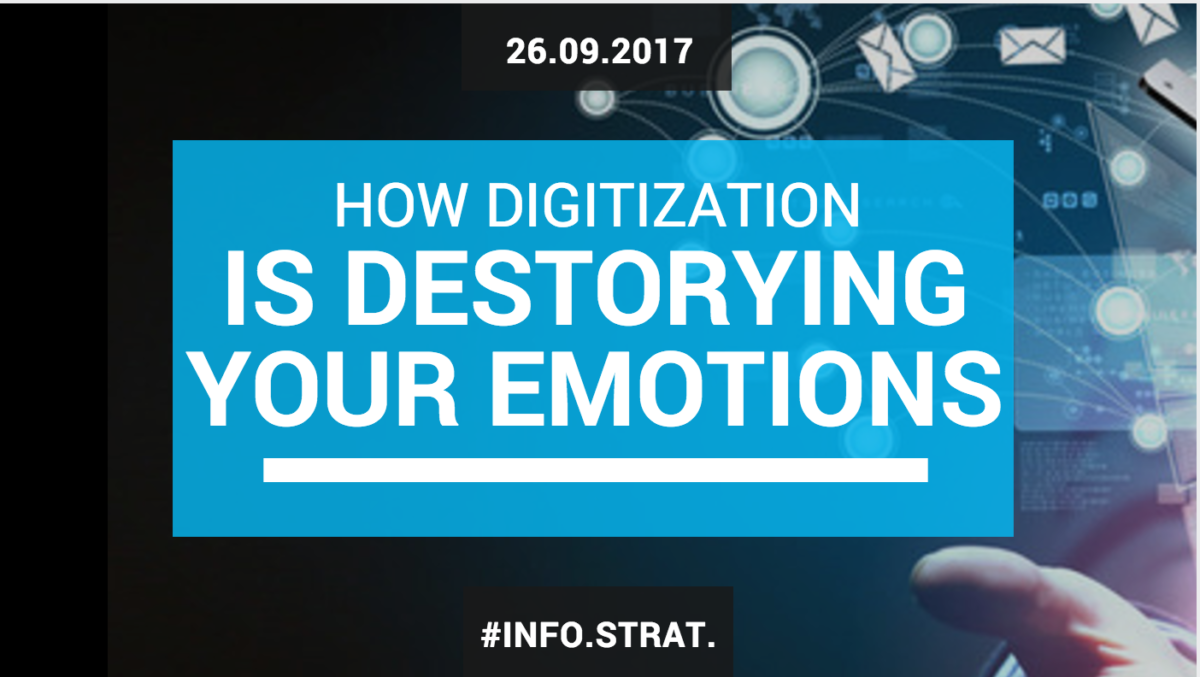Remember that book you loved reading? How you felt when you opened it and started a new chapter? Or that one professor that used to talk so interestingly you could not not pay attention to him?
When you imagined these things, you probably thought of a physical book and a professor in a physical lecture room, not about an e-book or an online course, right?
Products like books – aside from required lecture books maybe – are usually categorized as hedonic or experiential goods; people purchase them for the pleasure they get from the product (Chen & Granitz, 2010). Also, people tend to attach more emotional value to physical experiential goods than the digitized versions of those products (Waheed, Kaur, Ain & Sanni, 2014). Nowadays digitized versions of a wide variety of products exist, called digital information goods (Goh & Bockstedt, 2013). To give an example: sure, you can purchase a Beatles album straight from iTunes as a birthday present for your Uncle, but wouldn’t he be so much happier if you would give it to him on vinyl – given your cool uncle has a record player, of course.
Now, the question here is: How can digitized goods provide just as much emotional value (if not more) as physical products?
Note that the question is not whether hedonic products should be digitized at all, because, of course, it is way more efficient to carry around 500 songs on your phone, instead of carrying them around on CD’s. So, when we look at efficiency, digitization is a big help. Also, selling information goods like these can be very beneficial for companies. Creating that first product might be expensive and takes some time, but creating the second version is just a matter of making a copy and, consequently, takes very little time and resources. In other words, marginal costs of information goods are very low, meaning companies can enjoy a big profit marge (Brynjolfsson & Bakos, 1998). However, wouldn’t it be nice to be able to be just as happy about digitized products as you are about physical ones? If this can be achieved, this could have major effects on companies still producing physical goods that can be digitized, think of DVD’s – which have already lost a huge chunk of market share because of Netflix, HBO, etc. – postcards and even schools may be at risk somewhere in the unforeseeable future.

One thing that can be done is to offer more customer value in the case of digitized products. For example, if you purchase that Beatles album – or any other album – through iTunes you get free extra’s such as little video fragments of behind the scenes footage. In this way, consumers get more value for their money, which might increase their happiness.
Although there is no solution to this problem yet, companies selling digitized hedonic/experiential products should try to get consumer happiness to the same level as consumers get from physical products in one way or another.
So, next time you’re thinking of sending someone an e-card, remember that they’ll probably be happier to see one on their doormat.
Sources
- Brynjolfsson, E. & Bakos, Y. (1998). Bundling Information Goods: Pricing, Profits and Efficiency. Management Science, 45(12), 1613 – 1630.
- Chen, S. & Granitz, N. (2010). Adoption, rejection, or convergence: Consumer attitudes toward book digitization. Journal of Business Research, 65(8), 1219 – 1225.
- Goh, K. H. & Bockstedt, J. C. (2013). The Framing Effects of Multipart Pricing on Consumer Purchasing Behavior of Customized Information Good Bundles. Information Systems Research, 24(2), 334 – 351.
- Waheed, M., Kaur, K., Ain, M. & Sanni, S. A. (2014). Emotional attachment and multidimensional self-efficacy: extension of diffusion theory in the context of eBook reader. Behaviour & Information Technology, 34(12), 1147 – 1159.

